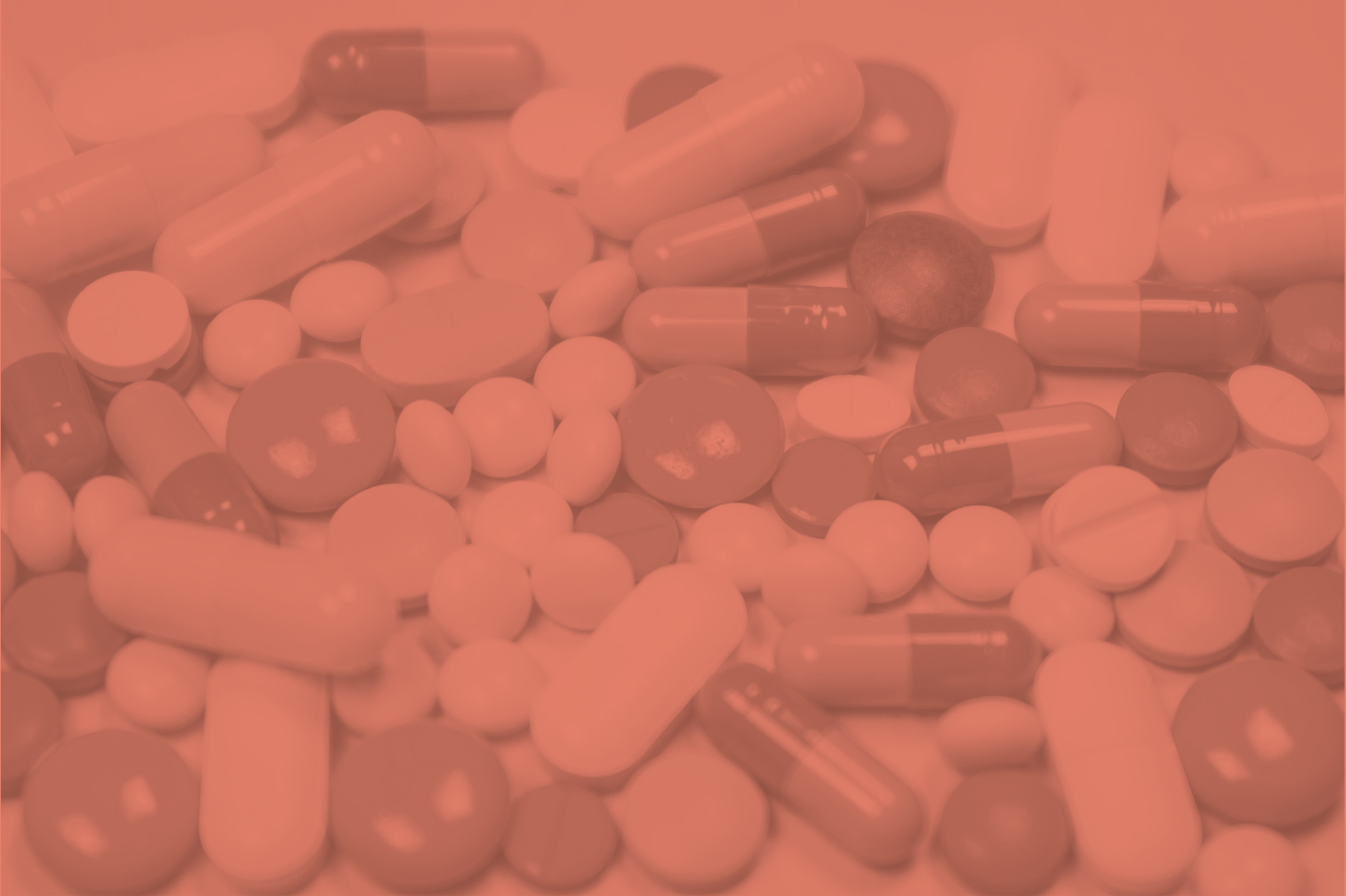Types of resistance mechanisms and their spread

In 1945, the year that he won the Nobel Prize for discovering penicillin, Alexander Fleming warned the world that misuse of antibiotics could result in the selection for resistant bacteria. Indeed, not even a decade later, a decade with wide scale use of the antibiotic, resistance to penicillin began to emerge.
How did Fleming know so early on that this would happen? For this, we need to look at how antibiotics fight bacteria and how said bacteria respond to this.
Antibiotics can kill bacteria in a variety of different ways, they can disrupt bacterial cell wall synthesis or they can disturb bacterial DNA, RNA, essential proteins or its metabolism.
Bacteria have many different tricks to protect themselves against these dangers: they can have cell wall proteins that prevent antibiotics from cell entry, pumps that remove antibiotics from the cell, or enzymes that break down antibiotics.
Often these antibiotic-resistance genes are found on plasmids, which are easily transferred between species through gene transfer. The gain of more than one of these different tools results in multi-drug resistant bacteria.
Our intensive use of antibiotics does not necessarily cause resistance, but it does play an extremely big role in AMR as it does kill off all the non-resistant bacteria, which it increases the proportional prevalence of resistant ones, and this increases the chance that these resistance genes are spread between species.
Therefore, the more antibiotics are (mis)used, the more resistant bacteria prevail, and the higher the chances are that this resistance spreads.



